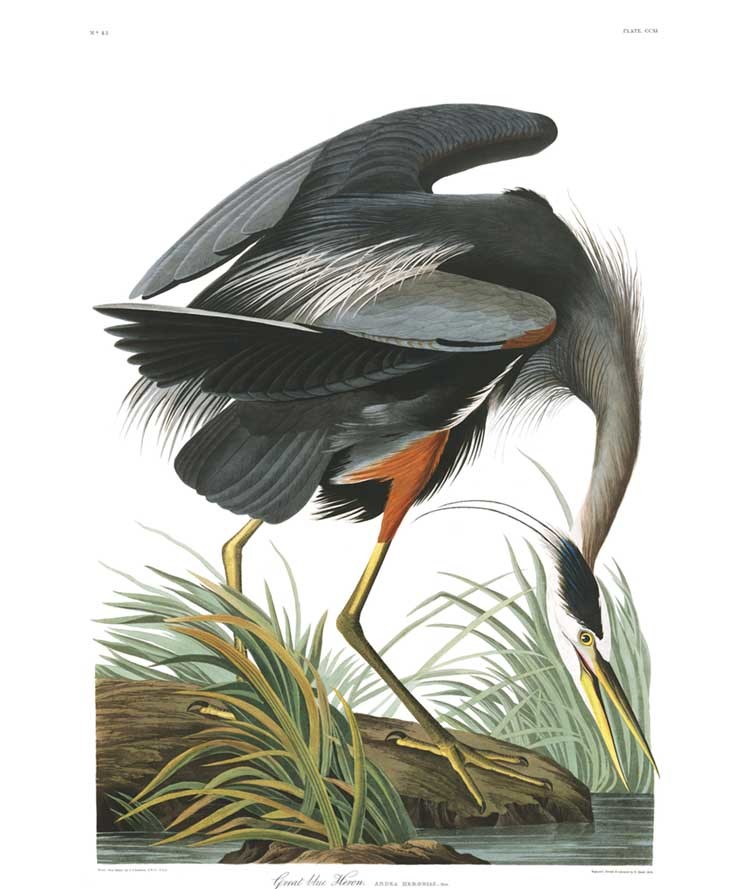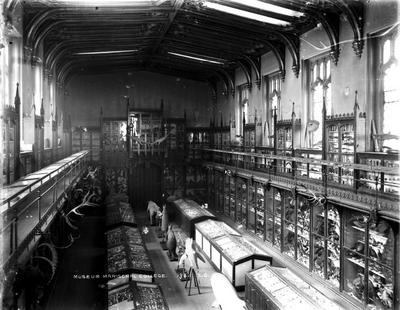Later Lives

Audubon
Following the publication of Birds of America and Ornithological Biography, Audubon returned to America in 1839 and later issued a smaller, more affordable version which became a best-seller.
Birds of America made Audubon's fame and fortune. During his lifetime, he was elected to the Royal Society of Edinburgh, the Linnaean Society, and the Royal Society of London in recognition of his contributions to science. In total he identified 25 new species and 12 new subspecies of bird.
After his death in 1851, the lasting popularity of Birds of America inspired attempts to preserve the birds that Audubon described. Several conservation societies were founded in Audubon's name, one of which became the hugely influential Audubon Society of America.
MacGillivray
After collaborating with Audubon on the Ornithological Biography, MacGillivray moved from Edinburgh to Aberdeen in 1841 to take up the post of Regius Professor of Natural History at Marischal College: the first academic zoologist in Aberdeen.
MacGillivray was extremely popular as a teacher. He encouraged his students and colleagues to go out and study nature directly, and it has been said that he 'invented the student field trip'. He used the curatorial expertise he had gained working in Edinburgh to found the University's Zoology Museum.
A talented artist, MacGillivray dreamed of publishing a sequence of illustrations to his History of British Birds that would equal Audubon's Birds of America. However, he could not secure funding for this ambitious project, and his artworks exist today only as watercolour originals. He died in 1852 shortly after finishing the manuscript of History of British Birds.
Gallery
Click on an image to view full size.

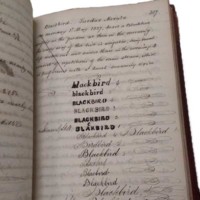
Autographic Notes Chiefly on British Birds
William MacGillivray
1836-1840
MacGillivray kept detailed notes on the characteristics and behaviours of the British birds he studied. These notes formed his book, A History of British Birds, Indigenous and Migratory. His writings on blackbirds reveal that he heard one singing at three in the morning and noticed how different it sounded then compared with during the evening. Perhaps his doodling on this page was a result of the late hour at which he wrote!
MS 2159
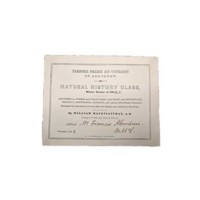
Admission ticket issued to Francis Aberdein for William MacGillivray's Natural History Class
1842 - 1843
The ticket to MacGillivray’s lecture series advertises the lectures as being about: ‘animal and vegetable anatomy and physiology, zoology, phytology, geology, and various subordinate branches.’ It also advertises the zoological and botanical ‘specimens of more than 300 species’ that would be used in the classes.
MS 3739/2/1
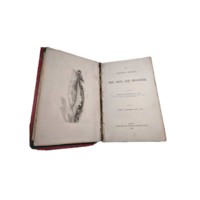
The Natural History of Deeside and Braemar
William MacGillivray
1855
MacGillivray’s last major work was edited and published after he died. He had spent two months in the hills around Braemar, an Aberdeenshire village, doing the fieldwork for the book, and it is likely that his time spent outdoors researching contributed to the ill-health that preceded his death. In his own words, MacGillivray ‘had in view to examine the geological structure of Braemar, its alpine vegetation, and, to a certain extent, its zoology.’

